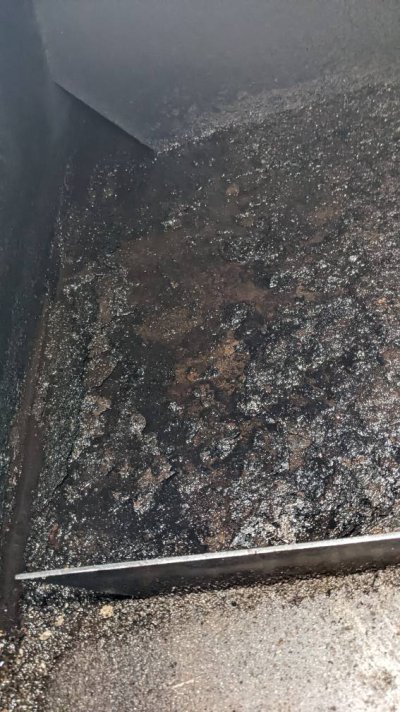Having some trouble with the diesel aux in the sailboat getting starved for fuel. I opened the clean out and discovered a variety of what I can only call rocks in the tank. They are black, sharp edged, can be crushed or broken with some effort into a gritty black substance. I vacuumed them all out with a polishing rig I built, though I think there may be some still stuck in the hoses and fittings on the way to the filter. The are big enough to clog a 1/4 ID draw tube, and on a couple of occasions I had to back them out of the 1/2 ID suck tube on the polishing rig. Most of them in the 1/8 - 1/4 rough diameter, some as large as 3/8.
Asphaltenes? But most of the descriptions of asphaltenes are more like black sludge. This is rocks. Rolling around on the bottom. Their density is more than diesel, but not so high that you can't stir them up a little off the bottom before they settle again, which allows them to get sucked up in the dip tube. Anybody seen anything like that?
Asphaltenes? But most of the descriptions of asphaltenes are more like black sludge. This is rocks. Rolling around on the bottom. Their density is more than diesel, but not so high that you can't stir them up a little off the bottom before they settle again, which allows them to get sucked up in the dip tube. Anybody seen anything like that?

